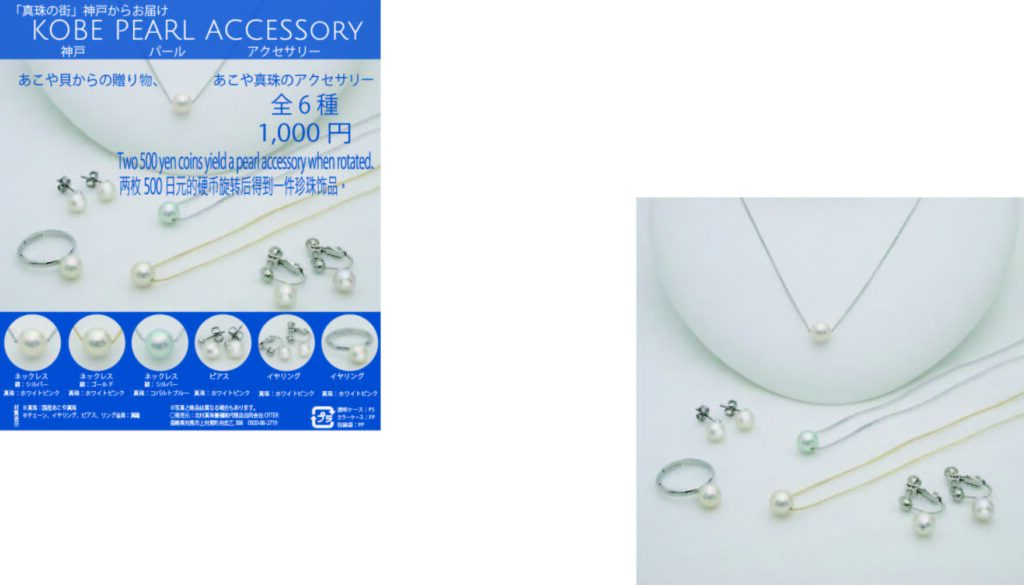
This article is based on the subtitles I added to a recent video documenting the production process of a handmade pendant from my Hold Series. Just like the previous article, I’ve repurposed the subtitles directly as the article’s text. This time, however, the Japanese version exceeded 10,000 characters.
Not everyone has the time to sit through a nearly three-hour video. That’s exactly why I’ve decided to publish this as an article—so that more people can experience the story behind the pendant.
The other day, I was watching a YouTube channel run by someone who previously worked at a major Japanese television network. After leaving the network, he started his own channel, which features a wide variety of content—from interviews with famous politicians, celebrities, scientists, and former corporate executives to travel documentaries introducing regions across Japan.
What I find especially fascinating is how he conducts in-depth one-on-one interviews with politicians. Unlike TV, where airtime is limited and often dictated by sponsors, his channel gives guests the freedom to speak openly, without restriction. As the host, he asks both sincere and sometimes technical questions from the perspective of an ordinary citizen. I feel that he’s doing what traditional media should have been doing all along.
In one episode, he invited a specialist in dementia prevention. The expert emphasized that reading books is far more effective than watching TV or videos on smartphones when it comes to preventing cognitive decline. That’s probably something many of us intuitively understand, even without being experts. But it reminded me again of the value of reading.
Of course, the expert shared many more insights, but what stuck with me most was the importance of reading.
So yes, I know everyone is busy—but I encourage you to activate your brain and dive into this 10,000-character journey. The story is about how I met someone through pearls and eventually launched a “pearl gacha” project together. Along the way, you’ll also see the all-too-common challenges that company employees face when trying to propose something new—often met with resistance or outright rejection.
Now, please enjoy the article.
****************************************************
Hello, this is Flower Jem.
I’m currently working on the seventh piece in my Hold Series. I started last weekend, and with the most recent session, I finished polishing it. All that’s left is to send it for rhodium plating.
This video mainly shows the polishing process. Around the 20-minute mark, you can see the soldering work. I failed twice this time. I let my guard down because things had been going well recently.
Japan has entered the rainy season, but it only rained for a few days. Since then, it’s been 35°C or hotter every day. Personally, I prefer summer over winter.
Yesterday, I visited a pearl dealer. I have a customer I’ve known for six or seven years. We first met at a marketing seminar hosted by his company. The content was highly specialized and difficult, and to be honest, I didn’t understand much of it.
After the seminar, while exchanging business cards, someone looked at mine and said, “Oh, you’re from ___ Pearls?! My family home is near your farm. I used to walk across the rafts there to school and go fishing off them on weekends. It’s an honor to meet you here.”
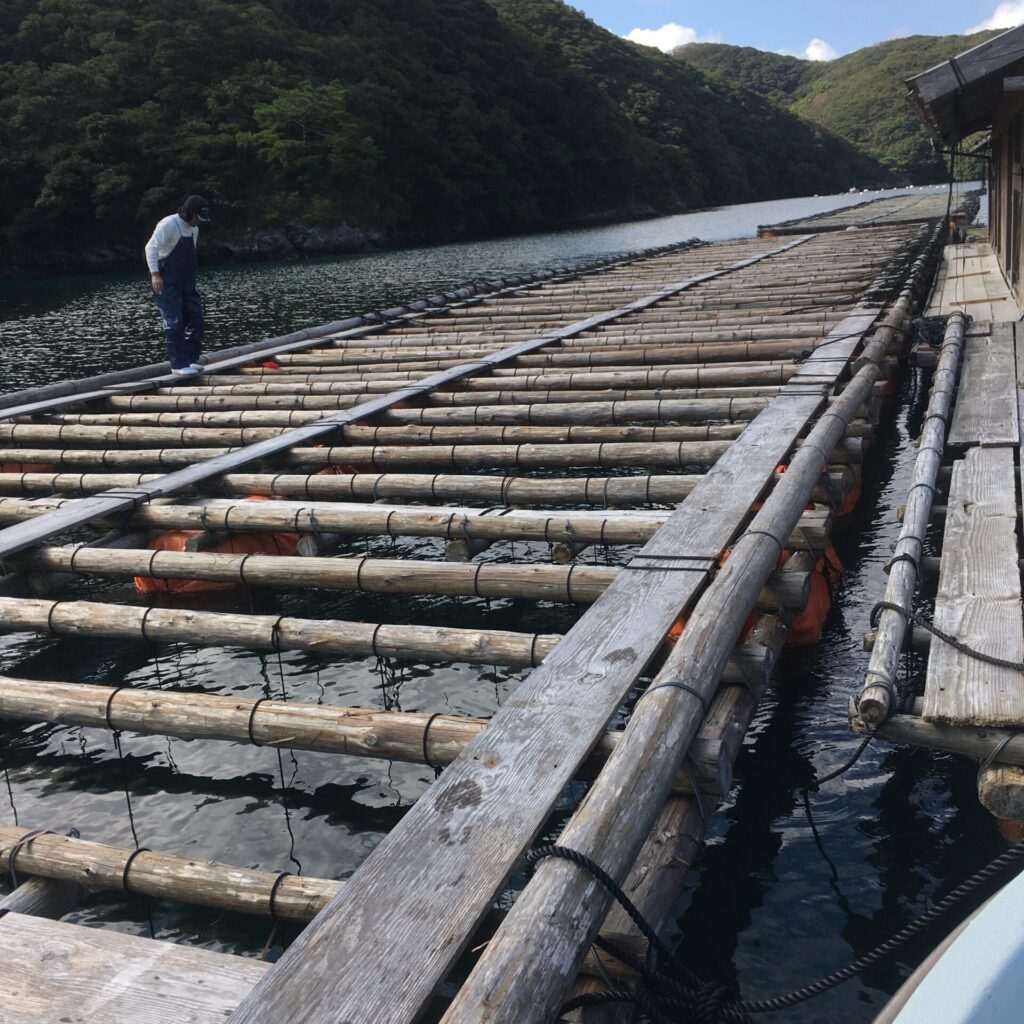
That man, Mr. S, lives in a city next to Kobe, and his company is based in Osaka. That’s how our relationship began.
Mr. S was running a side business in secret from his employer, which happens to be a famous trading company in Japan. They deal in everything from furniture to towels, water dispensers, plush toys, and clothing. Mr. S personally sold these products as well.
He told me, “I’ve been looking for something that could also support my local region. Since pearls are a specialty product from my hometown, I want to sell them too.”
He began buying pearls from the company I worked for and started making and selling accessories. This continued for two or three years. Around that time, capsule toys (gacha) became a major trend.
I proposed the idea of pearl gacha to Mr. S and my company. The company president’s reaction was, “Pearl gacha? I won’t allow something that devalues pearls like that.” Mr. S also didn’t respond very positively.
A few months later, a newspaper featured pearl gacha.
Suddenly, Mr. S said, “Let’s do pearl gacha!” and even the president said, “Maybe it’s not such a bad idea.”
So, I began supplying pearls to Mr. S for the gacha. But I’ve always lacked influence in the company. Maybe it stems from a deep-seated lack of self-esteem. Deep down, I’m confident, but I believe that showing it outwardly often leads to trouble.
When I proposed Twitter or Instagram for our company, it was also initially rejected. It was a conservative organization with no understanding of social media. Even after we started, the president would say things like, “Don’t post on social media during work hours,” and mocked me, asking, “Is it worth it for just a few followers?”
I continued to post about pearls daily and handled inquiries outside of working hours. One in every three posts would get censored: “Don’t reveal behind-the-scenes stories or product-making processes.”
After about a year, our Twitter account exceeded 2,000 followers, and Instagram surpassed 4,000. At the time, only a few major companies like Mikimoto and Tasaki were active on social media. With that follower count, we were second only to Tasaki in Japan.
From then on, the president proudly told everyone, “We’re on social media too—second only to Mikimoto and Tasaki.” Hearing this every day made me feel ashamed. I felt embarrassed to work alongside someone like that.
Until something gains traction, companies rarely approve of ideas from employees. This is common. Still, it doesn’t make the frustration any less real.
It was the same with the pearl gacha. We used stock from 40 years ago—cheap but still decent in quality. There were thousands, but they ran out in two years.
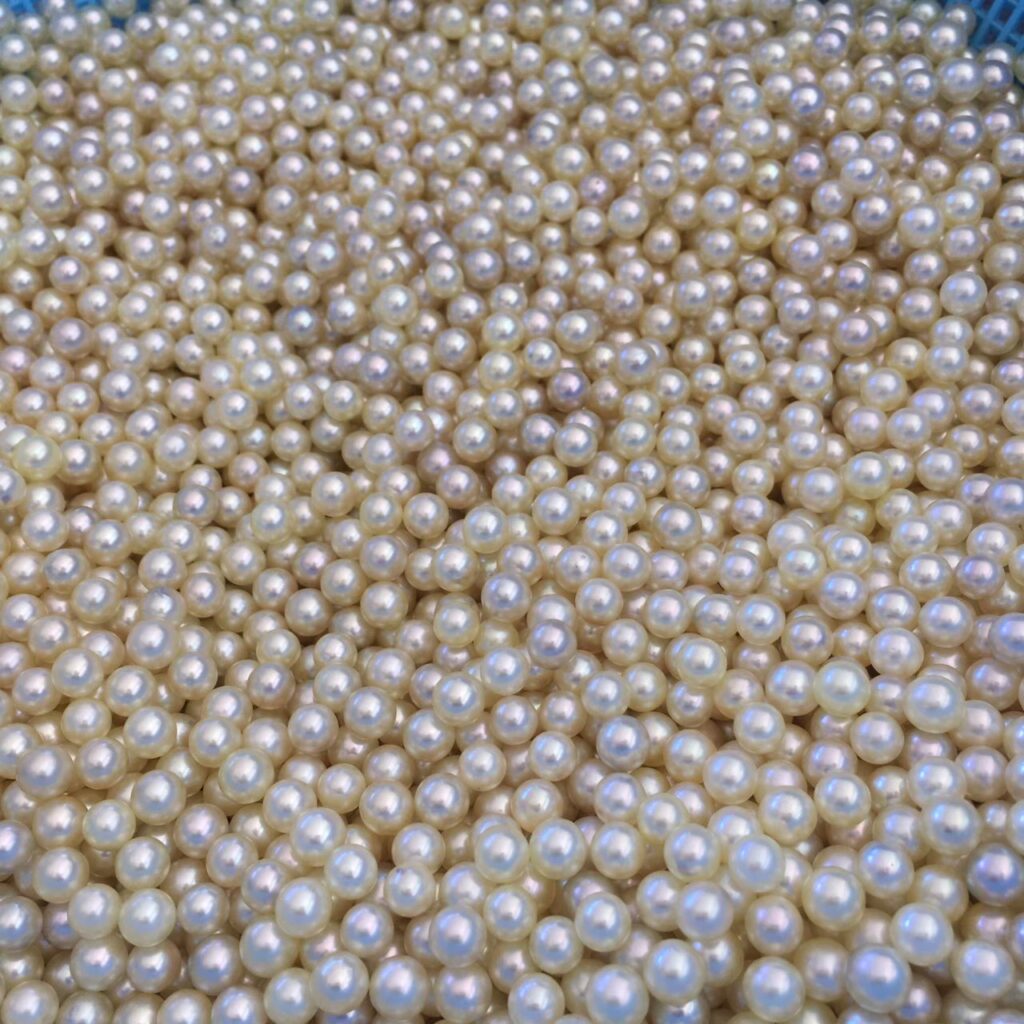
Mr. S said, “We’ve got about 40 locations running the pearl gacha now. If we run out of pearls, we’re in trouble.”
I started visiting other pearl dealers to find more, but the president scolded me: “Stop going around looking for cheap pearls. It’s embarrassing.”
So I turned to our own pearl farm. For over 50 years, 90% of the harvest was reserved for a closed auction. The remaining 10% went to headquarters and a few special clients.
Every year, many dealers asked for direct access to newly harvested pearls, but the company always refused—except once, when a major Chinese buyer bought directly during our first Hong Kong exhibition.
Getting Mr. S direct access to freshly harvested pearls was extremely difficult. The decision rested with the president and two farm managers.
I started by persuading the manager I was closest with. The other one, Mr. J, was skeptical, but his wife supported the gacha. I gifted her some gacha accessories and gave her a tour when we installed a machine on the island.
Mr. J couldn’t say no to his wife, and she later told him how much she liked the gacha. He changed his stance completely.
With both farm managers on board, I managed to convince the president: “If they’re okay with it, maybe we can sell some of the fresh pearls to Mr. S.”
But more problems followed.
Even if Mr. S could buy them, freshly harvested pearls have blemishes and need bleaching. Depending on the blemishes, some might still be unusable for gacha even after treatment.
Mr. S planned to buy about $40,000 worth but said, “I won’t pay for pearls that end up unusable.” The president countered, “No matter the outcome, he must buy everything.”
I was stunned to hear the president—who always boasted about knowing everything—admit, “I don’t know if the blemishes will disappear after bleaching.”
This was a critical point. If we could predict which pearls would come out clean, we could sell just those. But if blemishes remained, the price would drop, and we’d take a loss.
I asked the two company executives—both of whom loved to lecture me on pearl processing—but they simply said, “We don’t know. We can’t take responsibility.” I thought, “Are these guys just talking plush toys?”
Time was running out. The harvest was coming soon, and I had less than a month to decide which pearls to reserve for Mr. S. I consulted other dealers, but no one could give a solid answer.
Eventually, the president said, “Fine. If blemishes remain, Mr. S doesn’t have to buy those. But you’re responsible for selling them.” That saved me.
Still, I ended up with a bald patch from the stress.
Mr. S bought the pearls, and they were sent for bleaching. Two months later, they came back flawless.
When I saw them, I screamed, “YES!!!” in the meeting room. Even the president was amazed.
After that, I spent my nights drilling holes in the pearls for gacha orders. The president said, “I won’t allow you to do this after hours. But if you do it on your own time, I won’t complain.”
Our company mainly sold farm-harvested pearls at auction. We also made some jewelry, but it was more of a side project.
When I joined, a senior told me, “We’re only busy from December to February during harvest. The rest of the year, just study pearls.”
So, I only drilled a few dozen pearls a month. I’d never improve at that rate. But with gacha, I needed to drill 500 to 1,000 at once. It used to take me an hour to drill 100 pearls.
I visited skilled drillers for advice. Eventually, I could drill 500 in an hour. I practiced nights and weekends.
At first, I used the company’s processing room. But the pearl dust spread everywhere, and I was told to move to the basement. Even there, I had to cover the walls in plastic like a clean room.
Colleagues would say, “Why are you even doing this? It’s not your job. Are you bored or something?” Mr. S heard about this and often apologized to me.
But honestly, I was happy. Thanks to the gacha, I gained real pearl-processing experience. I handled thousands of pearls, got better at drilling, and even earned respect from professionals.
I could feel the thickness of nacre through my fingertips. I learned which pearls would crack after processing. It was invaluable training.
I was also still handling core company duties like organizing oyster and supply records. But thanks to Mr. S, I got to be involved in everything from farming to retail.
After the processing success, the president started showing off the pearls to visitors, saying, “Look how beautiful these become after treatment!”
It wasn’t just this—he also took credit for our social media and other initiatives. Eventually, I realized I couldn’t work with someone like that anymore.
It was a quiet, slow company. 9 to 5. No pressure. But I didn’t want to die with regrets.
My mom cried when I quit. “You had a good job. You’ll struggle again. You could’ve kept selling pearls while staying at the company.”
After quitting, I now work a non-pearl job on weekdays and focus on pearls on weekends. It’s harder physically, but more fulfilling.
Back then, I bought about 30 blue baroque necklaces. Apparently, the president thought I was just admiring them at home.
I usually bought pearls under Mr. S’s name, and the office lady who knew the truth would always smile knowingly.
I still work with Mr. S. I design his gacha banners and help source pearls.
Yesterday, we visited Mr. M’s company together. Mr. M looks stern but is incredibly kind. One night while I was working late, he passed by and said, “It’s already 8 PM. Go home! But… I used to work like you too.”
He warmed my heart like gasoline through my veins.
He shared stories of struggle—living off yogurt, prioritizing relationships, giving gifts tailored to each client, getting driver’s licenses to chauffeur them in foreign countries, and building global networks like expressways. He said, “Everyone resists building highways, but once built, everyone uses them. I spent decades doing this. Now buyers just call me.”
He told me, “Your company’s president doesn’t have that. But you do.”
I also became close to Mr. Z from his company, often playing tennis on weekends. His company always wins top bids at harvest-only auctions.
If you’re in the industry, you probably know who’s who by now. But I hope Japanese pearl dealers don’t read this. Most can’t be bothered with English anyway.
So yes, Mr. M’s company stocks huge volumes. Mr. Z, too, owns tons of pearls personally.
Yesterday, S and I visited them. The meeting went even better than expected. Not only can Mr. S buy harvest pearls, but Mr. M’s company will handle processing and drilling at cost.
I once introduced a processing company to a friend so I could access it through their business. But they charged me a fee. Understandable.
Mr. M’s company doesn’t charge Mr. S any fees. It’s a tough business—selling pearl pendants for just $6.80—so every cent counts.
At my old company, Mr. S could only process pearls through them, and they charged three times the cost. With pearl prices rising, that’s not sustainable.
So Mr. S is distancing from them and relying more on Mr. M’s company.
If my old company had just supported Mr. S a little, he might’ve stayed. But for a few hundred dollars in fees, they lost tens of thousands in orders.
Pride, simple misunderstandings—it’s amazing how much they cost.
Companies that treat all clients equally, without clinging to pride or brand image, naturally attract buyers.
Oops—I forgot about the video!
This pendant is part of my ongoing practice. I’ll keep making similar designs. They don’t always go as planned, but they often turn out better.
Recently, a metalworker posted: “Amateurs say, ‘It’s not what I imagined, but it has character!’ I don’t value such pieces. Pros follow exact plans.”
That’s fair. Some people meticulously plan vacations and expect travel agencies to do the same. Me? I’d be thrilled by a chaotic journey.
I want to follow my original designs more precisely, but I also enjoy the unexpected turns.
This pendant’s theme—embrace, seas, leaves—came after the fact. The image of “everyone once being held in their mother’s arms” emerged later.
That’s just how it goes.
I don’t get passionate about strict, step-by-step plans. Maybe that’s bad business. Or maybe it’s just who I am.
I shaped the metal’s thickness intuitively. It took a lot of time, but I want to keep making more Hold Series pendants for Etsy.
I never knew I loved polishing metal this much. I’m no nail artist, though—too technical, too stylish. And honestly… holding that many women’s hands every day might be too much.
Anyway, this Japanese subtitle file ended up with 10,891 characters. So once again, I asked ChatGPT—whom I’ve named Lulu—to help me translate it. And I thank both Lulus: the AI, and my real-life dog, whose portrait I exploit daily for photos and videos.
With deep gratitude to both.
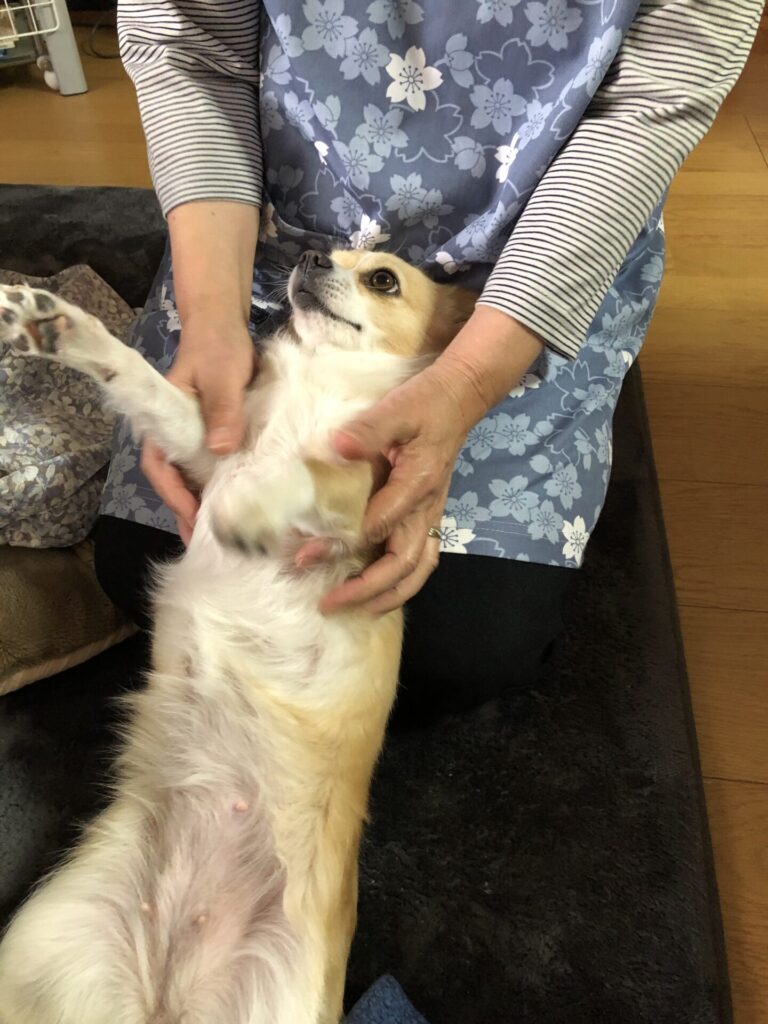
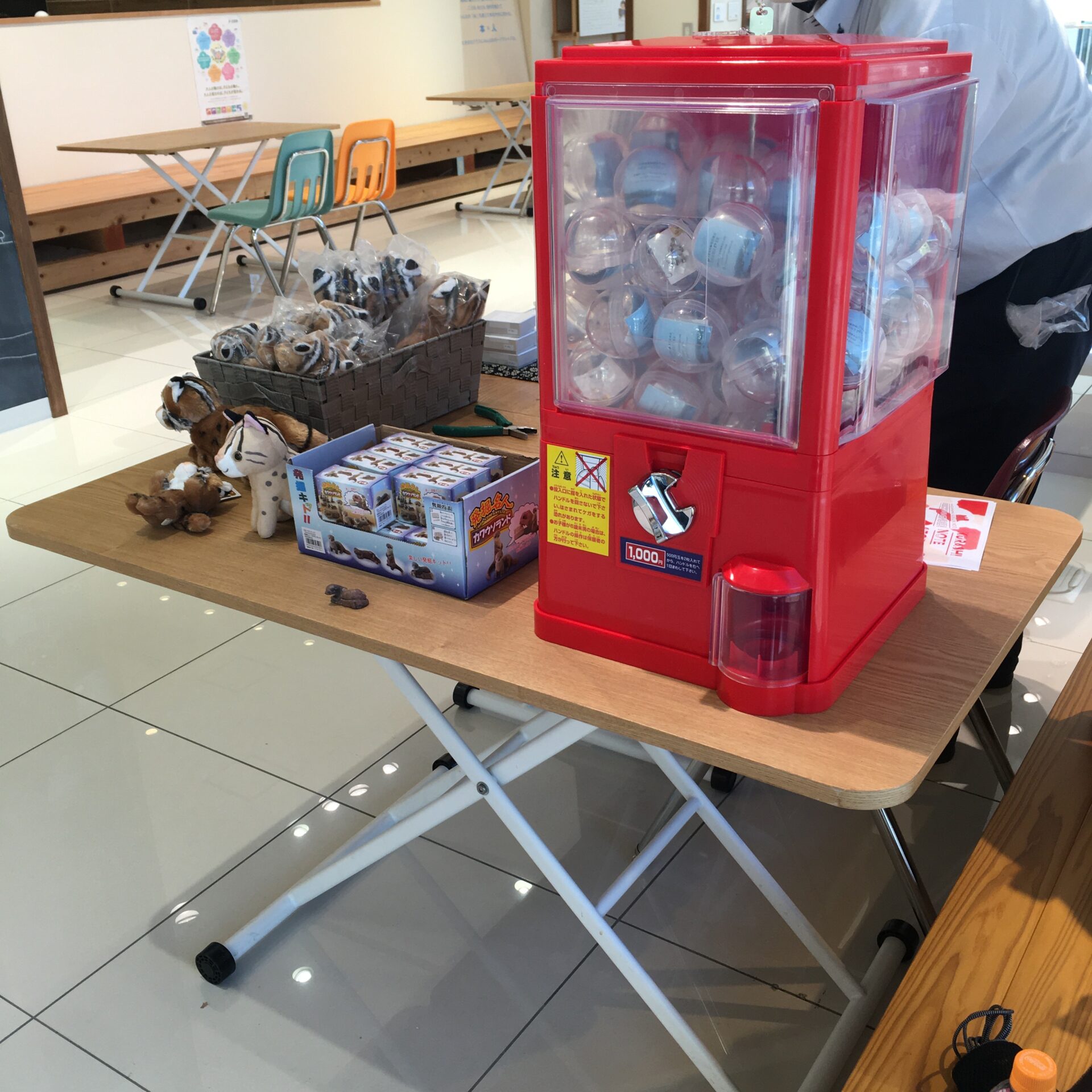
Comment